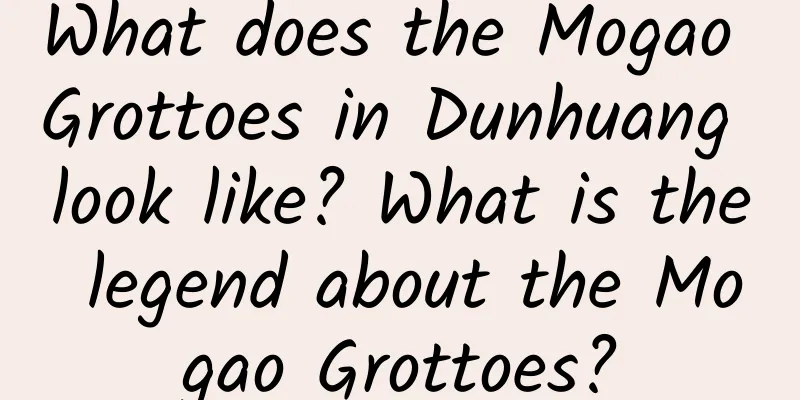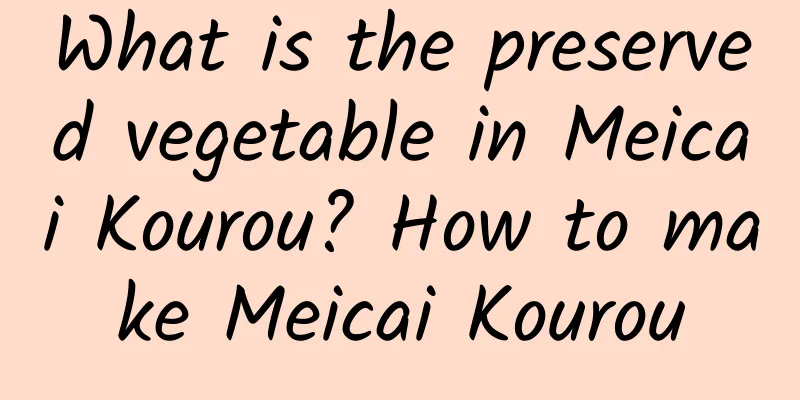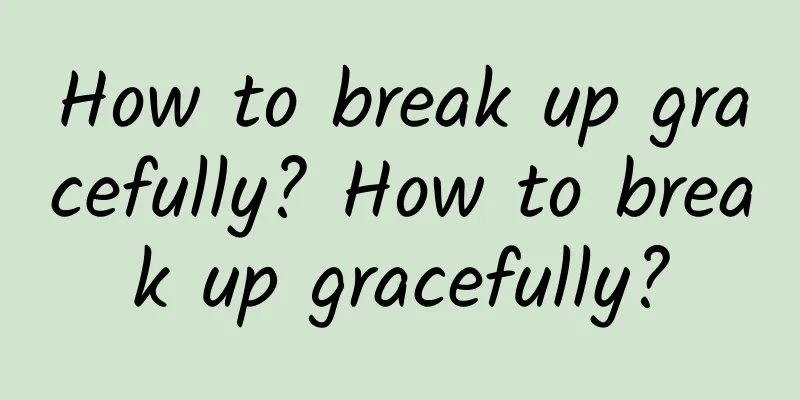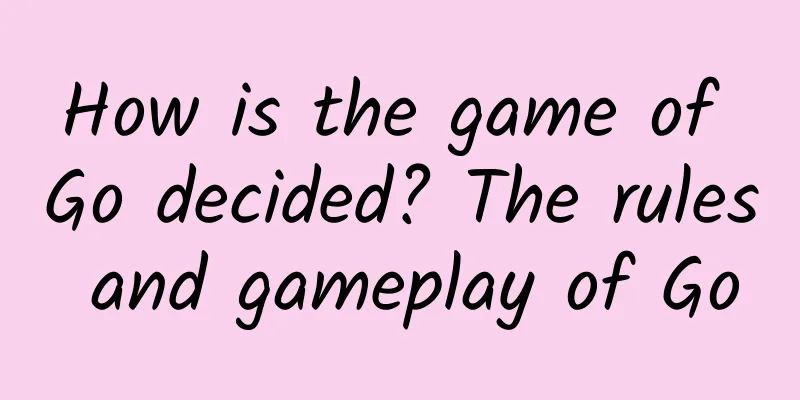What does the Mogao Grottoes in Dunhuang look like? What is the legend about the Mogao Grottoes?

|
Mogao Grottoes were first built during the reign of Emperor Xuanzhao of the Former Qin Dynasty, Fu Jian. According to the Tang Dynasty book "Li Kerang's Stele of Rebuilding the Buddhist Shrines of Mogao Grottoes", in the second year of Jianyuan of the Former Qin Dynasty (366), the monk Le Zun passed by this mountain and suddenly saw a golden light shining, as if thousands of Buddhas appeared, so he dug the first cave on the rock wall. If you have time, you must go and see it. So what does the appearance of Dunhuang Mogao Grottoes look like? What is the legend about Mogao Grottoes? Let's take a look at the introduction of Encyclopedia Knowledge Network below! Contents of this article 1. What does the Mogao Grottoes in Dunhuang look like? 2. What is the legend about Mogao Grottoes? 3. The cultural value of the Mogao Grottoes in Dunhuang 4. In which direction of the Hexi Corridor are the Dunhuang Mogao Grottoes located? 1What does the Mogao Grottoes in Dunhuang look like?The exterior of the Mogao Grottoes in Dunhuang are all cave buildings, with mostly colored sculptures and paintings on the outside. The caves of various sizes are distributed on cliffs about 15 to 30 meters high, arranged in 1 to 4 layers. The largest cave is more than 200 square meters, and the smallest is less than 1 square meter. Mogao Grottoes is also known as the Thousand Buddha Caves. The Buddha statue in the cave is located in the center, with disciples, Bodhisattvas, heavenly kings, and strong men standing on both sides. The fewest caves have about 3, and the most have 11. The tallest is the seated Maitreya Buddha statue in Cave 96. Mogao Grottoes are located in Dunhuang at the western end of the Hexi Corridor. They were first built during the Former Qin period of the Sixteen Kingdoms. After continuous improvement and expansion in later dynasties, it has become the largest and most content-rich Buddhist art holy place in the world today. 2What is the legend about Mogao Grottoes?According to the inscriptions in Mogao Grottoes, in 366 AD, a monk named Le Zun traveled to the eastern foot of Mingsha Mountain. The sun was setting at that time, and the setting sun shone on the Sanwei Mountain opposite. He looked up and saw golden light on the top of the mountain. He believed that this was the manifestation of Buddha's light and this place was the holy land of Buddha. Le Zun bowed down in worship and was determined to worship Buddha and practice Buddhism here, so he invited craftsmen to carve the first cave on the cliff. Later, Buddhist disciples, merchants, common people, nobles, and believers all donated money to open caves. From the 4th to the 14th century, over a thousand years of history, pilgrims came in an endless stream and incense was burned continuously, thus forming the famous Mogao Grottoes. Mogao Caves, also known as the Thousand Buddha Caves, are situated in Dunhuang at the west end of the Hexi Corridor and are famous for their exquisite murals and statues. They are one of the three major grotto art treasures in my country and were hailed as the most valuable cultural discovery of the 20th century. 3The Cultural Value of Dunhuang Mogao GrottoesThe Mogao Grottoes in Dunhuang are huge in scale, with 735 caves, 45,000 square meters of murals, and 2,415 clay sculptures. They provide important and extremely valuable images and physical patterns for the study and understanding of the history and culture of ancient Chinese painting in my country's art field. Mogao Grottoes, commonly known as the Thousand Buddha Caves, are located in Dunhuang at the western end of the Hexi Corridor. They were first built during the reign of Emperor Xuanzhao of the Former Qin Dynasty, Fu Jian. Mogao Grottoes was listed as a World Cultural Heritage in 1987. The main cultural relics inside include the Sutra Cave, the Nine-Story Pagoda, and the Flying Apsaras murals. The Mogao Grottoes in Dunhuang, the Longmen Grottoes in Luoyang, Henan, the Yungang Grottoes in Datong, Shanxi, and the Maijishan Grottoes are known as the four major grottoes in China. 4In which direction of the Hexi Corridor are the Mogao Grottoes of Dunhuang located?The Mogao Grottoes in Dunhuang are located at the western end of the Hexi Corridor. They were first built during the Former Qin period of the Sixteen Kingdoms, and were rebuilt during the Sixteen Kingdoms, Northern Dynasties, Sui, Tang, Five Dynasties, Western Xia, and Yuan dynasties. There are 735 caves, 45,000 square meters of murals, and 2,415 clay sculptures. The Mogao Grottoes in Dunhuang, commonly known as the Thousand Buddha Caves, is the largest and most content-rich existing Buddhist art site in the world. The Mogao Grottoes in Dunhuang were carved on the cliff at the eastern foot of Mingsha Mountain, 25 kilometers southeast of Dunhuang City. It faces Dangquan in front and Sanwei Mountain, a branch of the Qilian Mountains in the east. The murals in the Mogao Grottoes in Dunhuang are painted on the four walls, ceilings and niches of the caves. Their content is profound and includes seven main themes: Buddha statues, Buddhist stories, Buddhist historical sites, sutras, gods and monsters, donors and decorative patterns. |
Recommend
Picture of female vulva side cutting
An episiotomy is a procedure in which an oblique ...
When is the best time to take DHA supplements during pregnancy?
Women who are pregnant should always stay well-no...
Does taking medication during ovulation affect pregnancy?
If a couple wants the woman to get pregnant quick...
What is the cause of a pimple on the vulva?
For friends who have a pimple on the vulva, they ...
Is it normal to have bleeding half a month after miscarriage?
Key reminder: Women find that they have bleeding ...
Can sanitary napkins cause inflammation?
When girls reach puberty, they will have their fi...
How to deal with genital odor
The presence of unpleasant odor in female genital...
Pain on both sides of lower abdomen during menstruation
Menstruation is a normal physiological phenomenon...
What are the methods for monitoring ovulation?
Nowadays, physical health is becoming more and mo...
Vaginitis is really caused by wiping urine
When it comes to women's health, many people ...
From "textbook" to "exclusive secret", how hard is it to develop tumor vaccines?
Author: Ye Tong (Institute of Process Engineering...
What are the characteristics of cervical erosion?
Cervical erosion is a gynecological disease that ...
When is the best time to use a belly belt for normal childbirth?
The belly belt for normal delivery is used within...
What is the reason for spotting after more than one month of pregnancy?
For pregnant women, the first three months of pre...
What is the normal body temperature during menstruation?
Will the body temperature rise during menstruatio...









